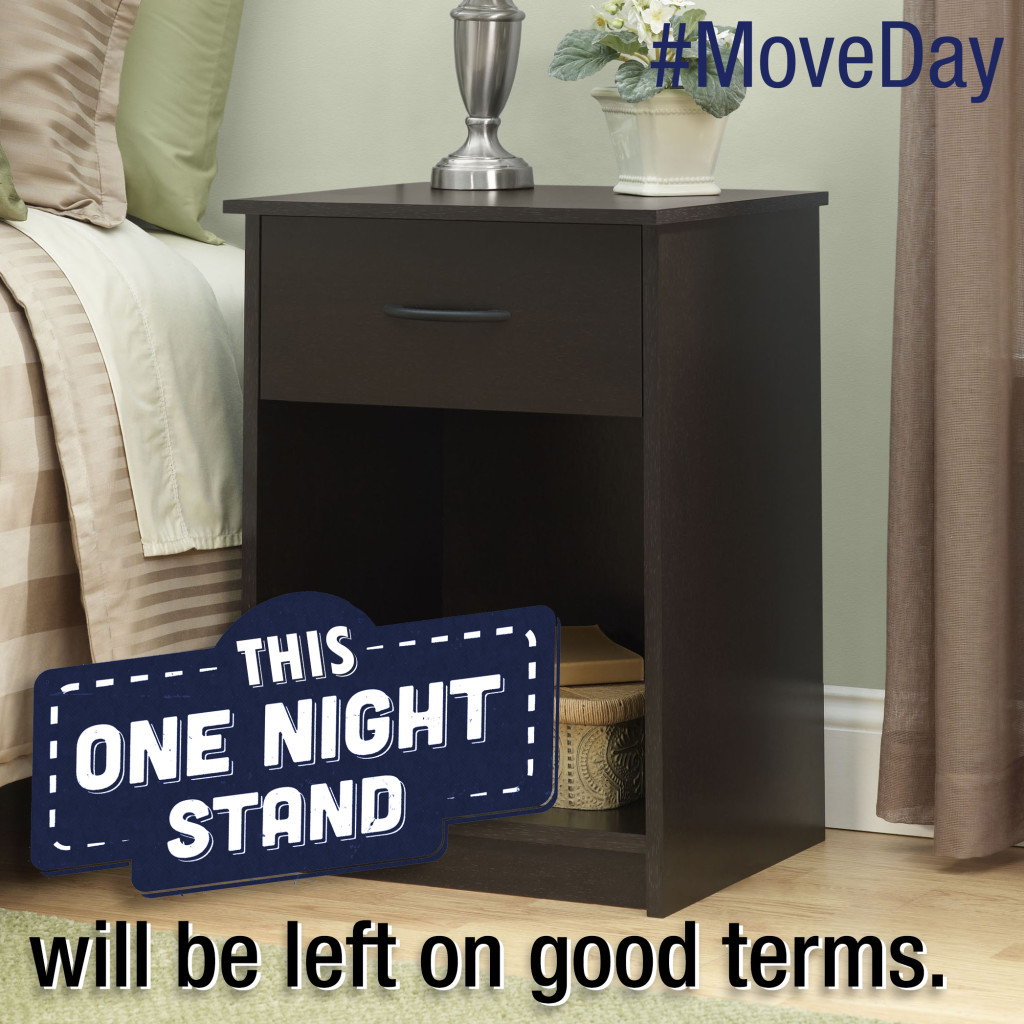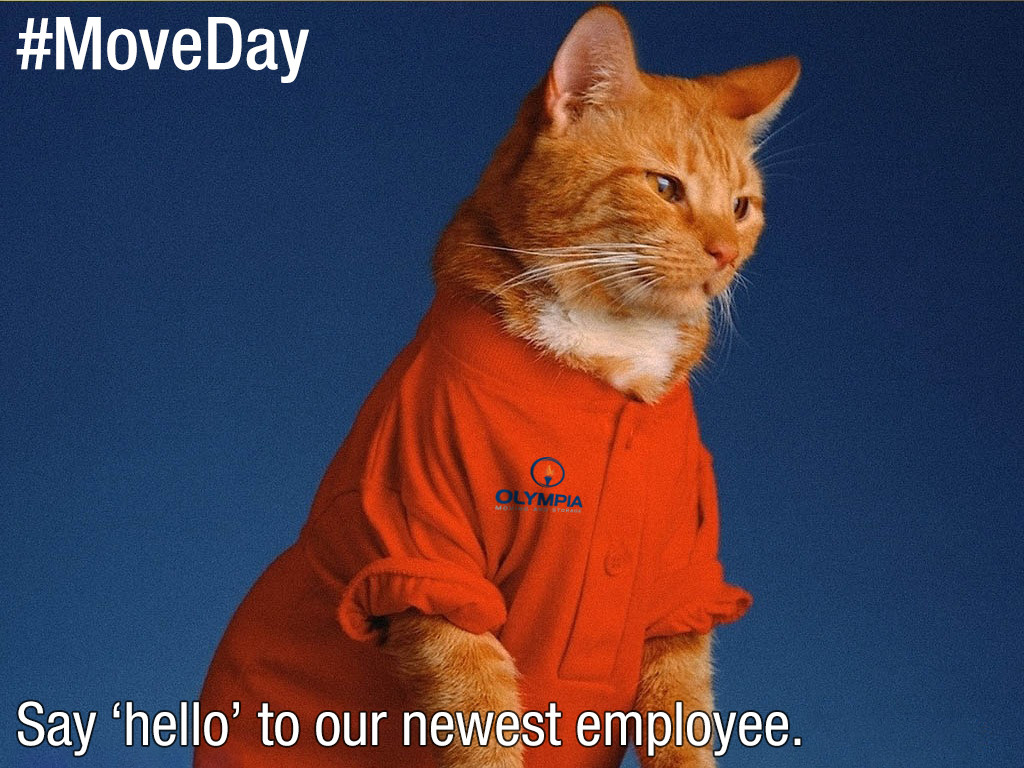MCR (MovingCompanyReviews) changed the moving review’s game for the better when they first launched in 2012. See, the problem movers have (had!) with online review giants is validation. Essentially, and very easily, anyone can hop online and write a review, good or bad. There’s no verification process. It suuuucks. Why does it suuuuuck? Well, mostly because very few customers go online and publish positive reviews and, believe it or not, there was this awful period of time where movers would go and publish fake reviews bashing other companies. THE ORIGINAL INTERNET TROLLS!
Anyhow, fast forward to 2012 when MCR launched. They decided that it was time movers received the praise they deserved. As they so accurately write on their About Us page, “MCR verifies every review with a Bill of Lading (move receipt) to ensure it was written by a real customer for a real move.” They even reward people who post a review with a gift card, or better yet a PIZZA! If only you guys came around sooner!
I’ve seen a lot of good come from MCR. Most specifically, we had the chance to move MCR’s Founder, Doug Breaker. He actually wrote about it here: http://blog.movingcompanyreviews.com/how-finding-a-great-mover-took-me-3-years/. The best part…we didn’t know until after we moved him! Don’t you just love it when someone really believes in their own product? We sure do!
Thank you MCR for trying to fix an issue the moving industry has been facing for quite some time now.




